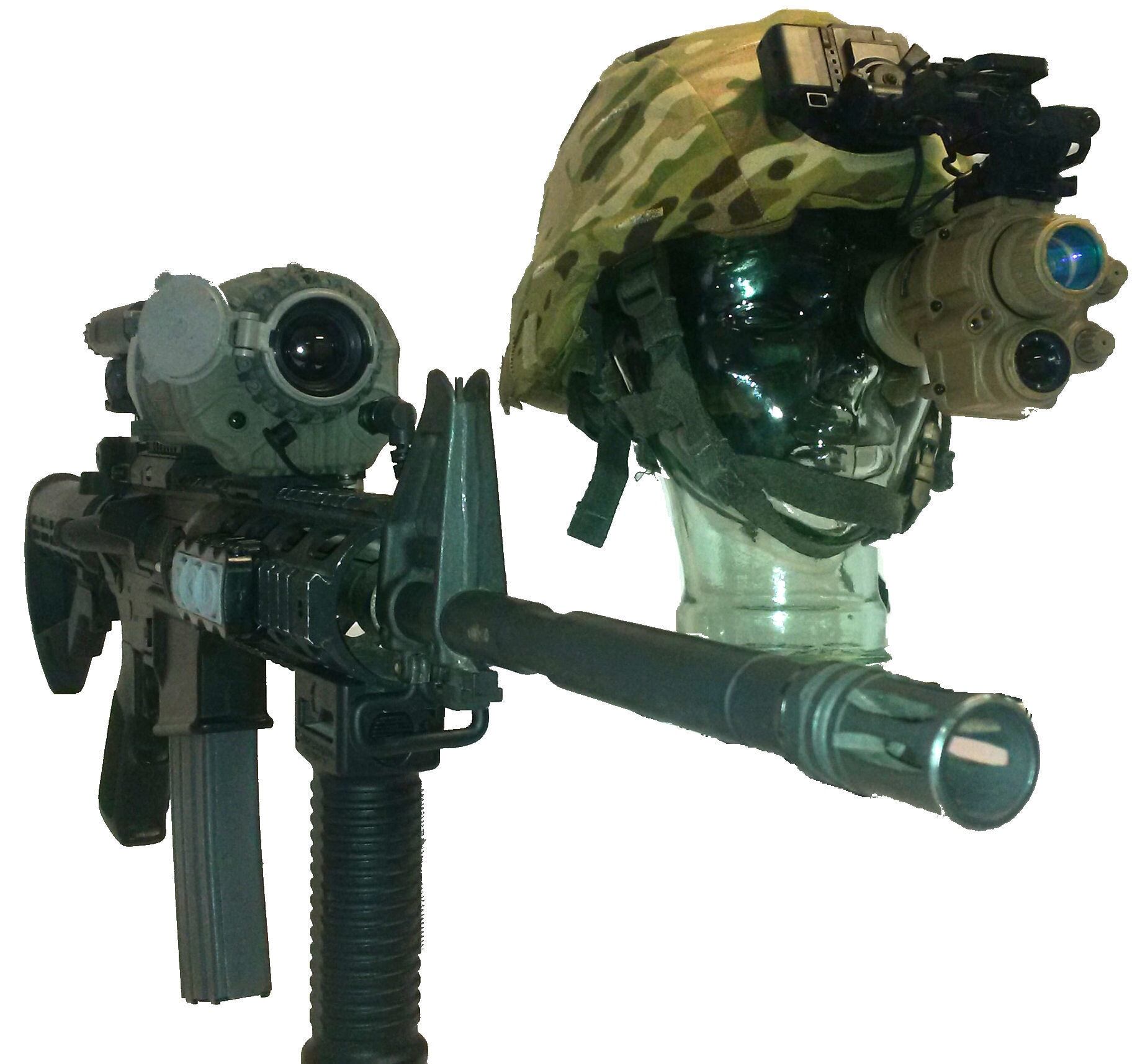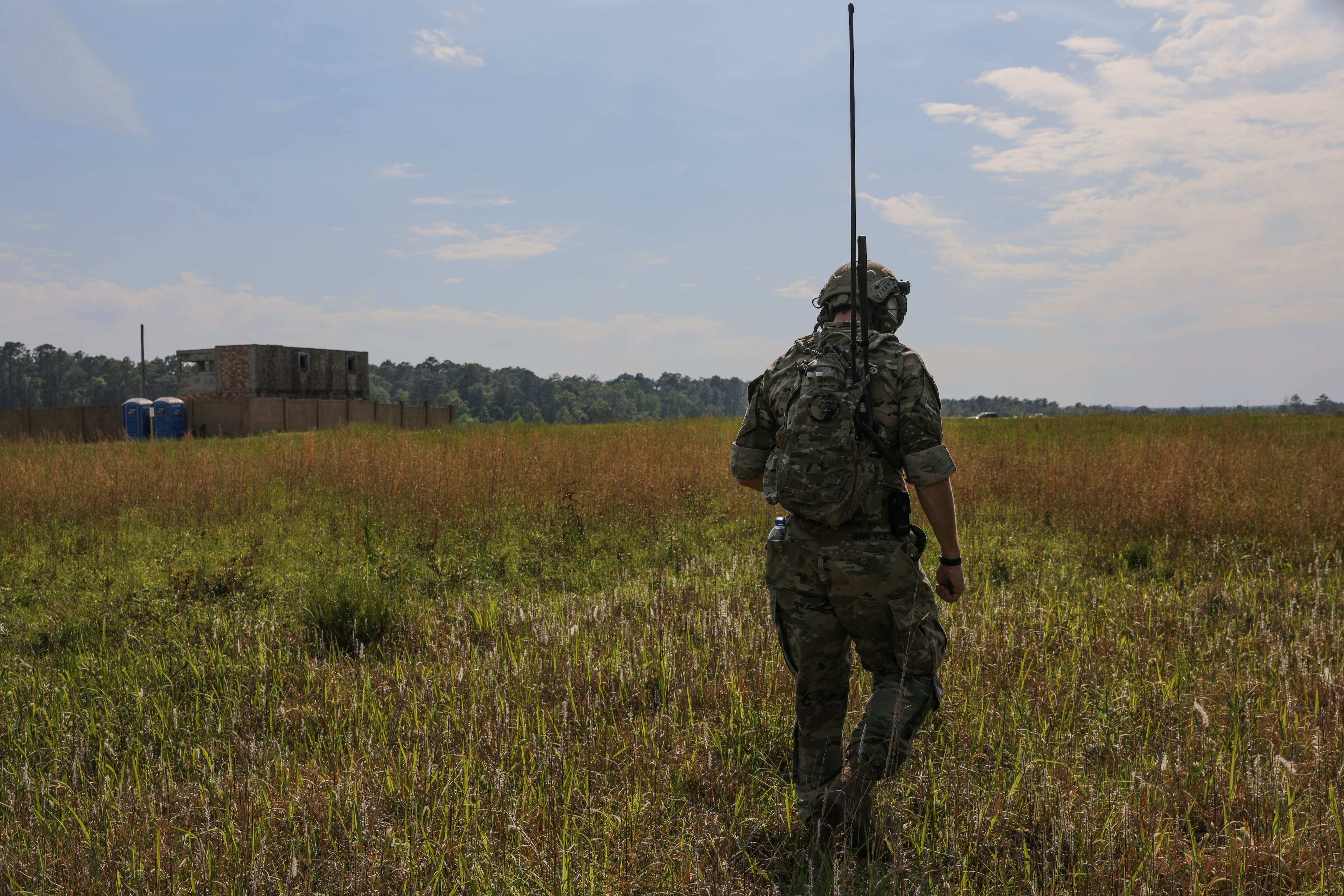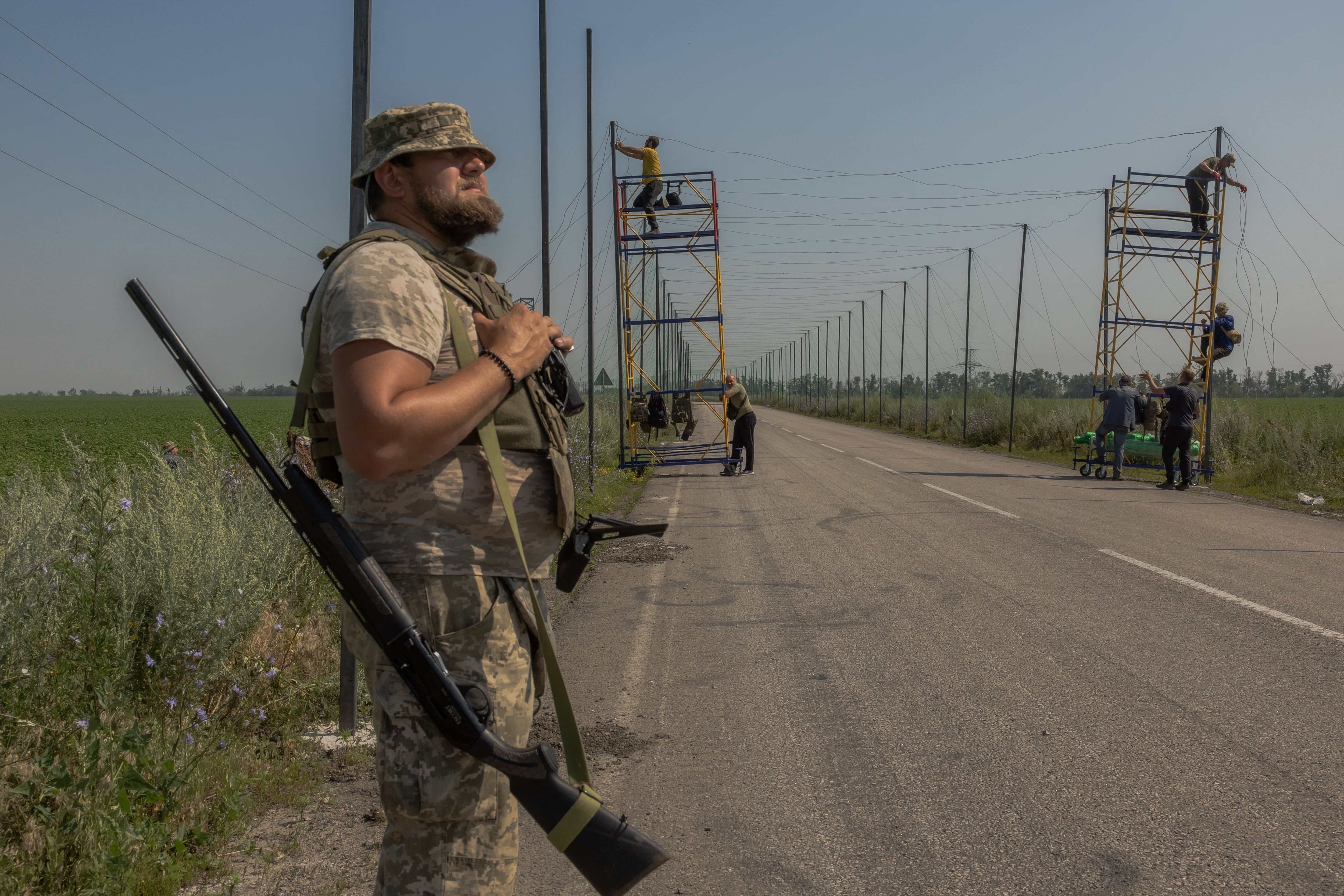Recent orders for goggles and weapons sights bring the Army's "shoot from the hip" visualization system one step closer to reality.
DRS Technologies received a $65 million initial production order for the Enhanced Night Vision Goggle III program this fall, while BAE Systems was awarded a $13.5 million order to begin producing the new Family of Weapon Sights-Individual, or FWS-I, thermal weapon sight for soldiers.
Both companies are working toward rapid target acquisition, or RTA, modality. In this emerging system, weapon sights are connected by wireless link to night vision goggles, and their signals are merged to give the soldier a faster, more accurate way to aim.
"The advantage is a quick target acquisition and engagement, anything from a second to two seconds faster, but that can be the difference between life and death," said FWS-I program officer Jorge Concepcion, within Program Executive Office Soldier. He said the capability is slated to deploy by late 2018.
RTA will use sophisticated image processing to merge night vision capability and weapons sighting in a single field of view. When in play, the system will overlay a pointed weapon's reticle, or targeting icon, on top of the conventional green night-vision image, inside the viewer's goggles.
This could save the soldier having to push aside night vision apparatus is order to raise and aim the weapon.
"When you cheek the weapon it is inherently a little bit slower," said John Koltookian, a program manager with BAE Systems. Laser sighting offers a partial solution, "but when you are shooting with lasers you are fundamentally illuminating yourself. There are people with night vision goggles who can see you, so there is an inherent risk there."
RTA offers a way to combine views without adding that layer of risk.

Photo Credit: PEO Soldier's Project Manager Soldier Sensors and Lasers
Technical challenges
DRS and BAE both were contracted to RTA-develop systems in parallel, giving the military a choice of interchangeable vendor solutions going forward. Both teams say they faced technical challenges in bringing "shoot from the hip" capabilities to fruition.
The five-year development process required "a huge technology leap," said Tony Bacarella, vice president of DRS' dismounted line of business for electro-optical imaging systems.
The system relies on a wireless connection built into the helmet-worn battery pack. "So you are adding a wireless link in the field, which is typically a big no-no, just because there is the possibility of interception or detection. The processing is not trivial, and then getting that into a battery-operated, mission-scale implementation is not trivial," he said.
Repeated rounds of user testing have refined the end product. "Most of the comments have been around size, weight and power, the robustness of the wireless link, the robustness of the processes. There was a lot of tweaking of the button layouts for human factors," Bacarella said.
To address security concerns, the vendors incorporated an undisclosed, government-backed wireless protocol, one with an especially short, effective range. "We essentially create a small bubble around the soldier, so the wireless signal is not traveling that far," Koltookian said.
In addition to keeping out prying eyes, the system also is designed to ensure that soldiers on the same side don't trip over each others' signals. "Each sight is matched to its own battery pack, so even if I get too close to another soldier, my reticle isn't going to appear in his field of view," Concepcion said.
In addition to working through the security kinks, project managers also had to address a level of algorithmic complexity. "The heavy lifting is in stitching together that image in reseal time. You have a rifle moving around, you have this reticle displayed in real time and stitched together with the goggle image, while at the same time your head is moving," Concepcion said.
"You need a fast enough processor to do that, but one that is small enough that it does not add extra weight. And you need to do it with the power that is available, the batteries are already there. It's a complex algorithm to make that image come up in that field of view with no lag. That is really the aha! moment," he said.
Developers also considered the possible challenges facing a user who would be asked to essentially integrate two different fields of vision in a single glance. It's a new way of gleaning visual information, but it is fundamentally "not foreign to the soldier. They are used to all these technologies. All we have done is put them in a single, light package," Concepcion said. "The user feedback has been very positive."
The Army said it will deploy thousands of systems once testing is completed.
The DRA production order is the first issued to the company under an indefinite delivery, indefinite quantity contract worth up to $367 million awarded by the Army in 2015. Bacarella said he expects to see orders for up to 35,000 goggles and 32,000 weapon sights.
The BAE order is the most recent under a five-year indefinite delivery, indefinite quantity contract administered by the Army's Research and Development Command Acquisition Center. A previous award increased BAE Systems' total thermal weapon sight contract value to more than $1 billion since 2004.








